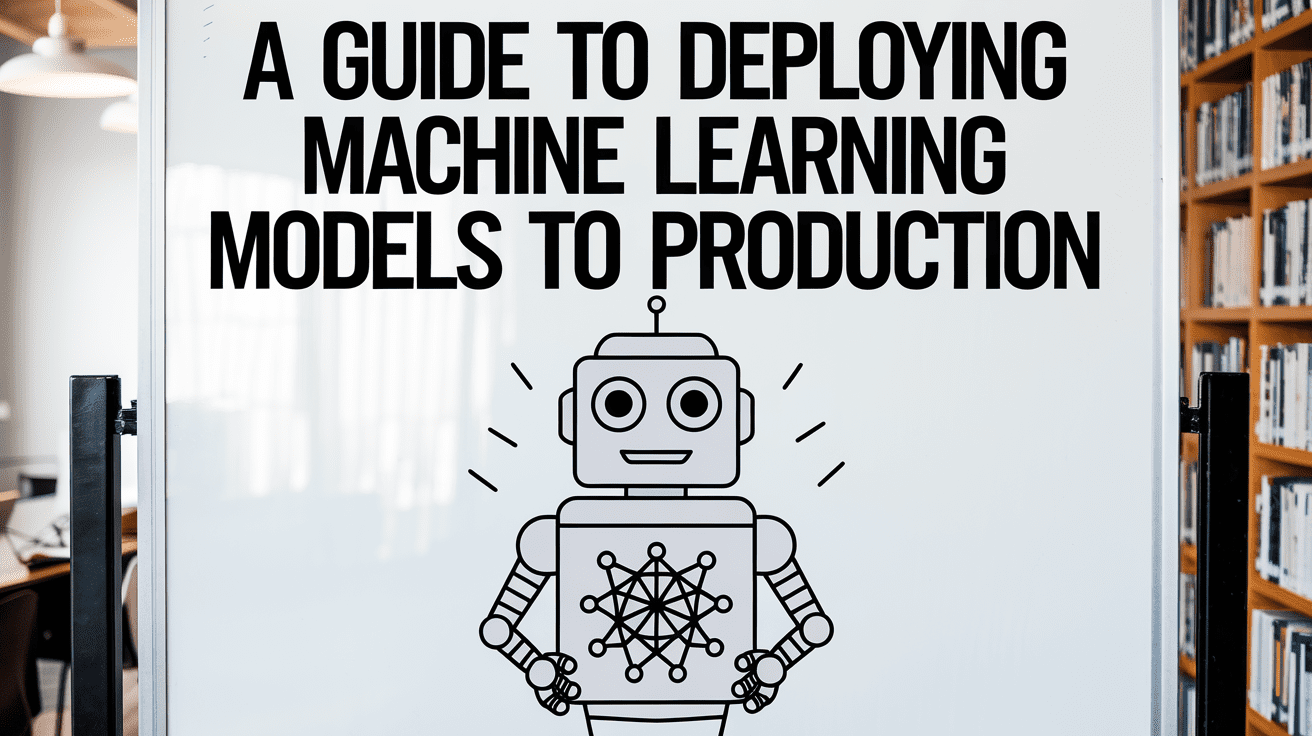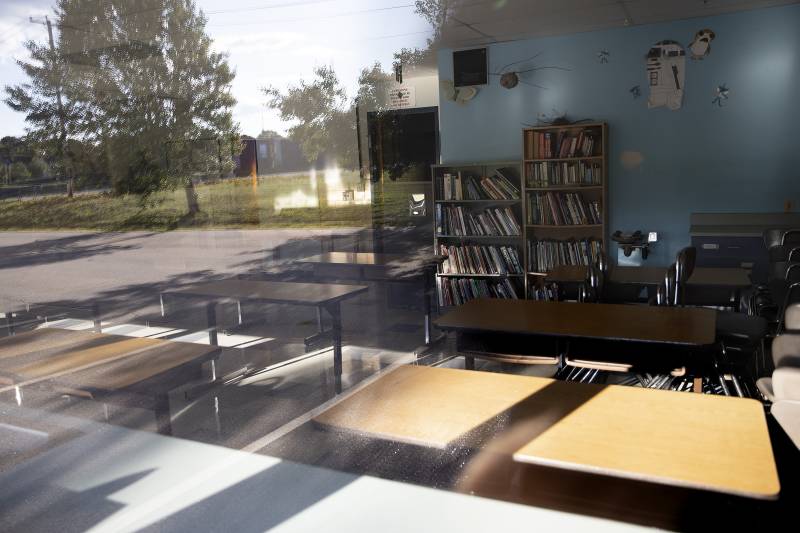Can ‘Math Therapists’ Make a Dent In America’s Declining Math Performance?
Math performance for American K-12 students is slumping. Can “math therapists” for early educators help?

Danielle Robinson desperately wants to help math teachers, but it’s a tough job.
An instructional coach for K-5 math teachers in Milwaukee Public Schools in Wisconsin, Robinson can find herself zipping around several of the schools she works with in the city to assist teachers, give workshops or try to help vice principals grasp the nuances of math instruction. “They are more used to dealing with discipline,” Robinson says of the vice principals. “So I feel like I have to apologize: ‘Sorry, I’m talking to you about math.’”
Robinson’s job is really about helping educators to sort through what she calls “math trauma,” an aversion caused by their own bad experiences in the subject. Her goal is to disrupt the generational cycle of math anxiety that passes from teacher to student. Teachers with math anxiety spend fewer hours teaching it in the classroom, so “it’s important to end that cycle now,” Robinson says. She hears from teachers who have bad memories of math class when they were growing up — of the stress of timed tests and of impatient instructors who discouraged them from pursuing math.
That’s why Robinson says she feels like a math therapist.
Though they may not usually call themselves therapists, it’s relatively common for instructional coaches to think about their work in this way, according to DeAnn Huinker, a professor of mathematics education at the University of Wisconsin-Milwaukee. Huinker, who was once Robinson’s instructor, argues that math-specific instructional coaches like Robinson are crucial, especially for elementary school students.
Because so many early math instructors have math anxiety, some experts think that more coaches like Robinson could help lift student achievement in the subject, when there’s concern over the country’s slumping performance since the pandemic. But staffing shortages and the end of federal relief dollars have pulled Robinson — and many instructional coaches around the country — away from their core mission.
Math As Humanities?
Robinson tries to help teachers and students to reframe what it means to be successful in mathematics.
Students pick up misleading notions of math ability early on, she says. For instance, an often cited study showed that first-grade teachers with math anxiety passed it to their female but not their male students. Parents’ anxiety can also be passed down to their children. “It’s so sad,” says Huinker at the University of Wisconsin-Milwaukee.
Robinson had to sort through her own math trauma. When she was in middle school, she wanted to try for the advanced math track. But she struggled with geometry. Robinson’s math teacher convinced her that she was bad at math and that trying again was not a good idea. Much later, as a middle school math teacher, Robinson would cram before teaching a lesson; she was still hearing that long-ago teacher’s voice in her head saying she couldn’t grasp the material. That experience helps Robinson to empathize with those she’s coaching.
Elementary school teachers can fall short on math instruction, according to Huinker. They are trained as generalists and may not have had the chance to explore in depth effective practices for teaching math. Or they prefer reading and literacy over math. It’s crucial for students receive good math instruction at the lower elementary and preschool levels so that they start their math journey with a strong foundation, she adds.
Robinson is inspired by Francis Su, former president of the Mathematical Association of America and author of “Mathematics for Human Flourishing” (2020). Su suggests teaching math based on its intrinsic beauty instead of putting such a strong emphasis on its practical uses. Telling students that math will be useful to them later in life isn’t a satisfying motivator for most learners, Su says. That kind of pragmatic approach warps how people think about mathematical knowledge and ability, stripping away the beauty and meaning of math, he argues. It also leads to disparities, because it reduces performance in math to a number on an assessment exam, Su says. As a consequence, someone may dismiss themselves as not a “math person” because they struggle with a particular skill. Singling out specific skills is like having students only learn the rules of basketball and practice free throws without ever giving them the full context they'd get from watching a real game, Su says.
With the advance of AI, this approach to math seems even more tenuous to Su. The ability to calculate equations quickly is not that important for humans anymore, even for mathematicians, he says. Computers now handle a lot of that.
Instead, math should help students live richer lives, not just advance their career, Su says. Math should instill values: “It’s about being able to take joy in understanding,” Su says. “It’s about being attuned to see the beauty in the world, in the form of mathematical aspects of the world. It’s about being persistent and problem-solving.”
By Any Other Name
In early grades, teachers are more apprehensive about math than literacy, says Michelle Painter, a math specialist at Oriole Lane Elementary in Mequon, Wisconsin, an affluent suburb north of Milwaukee. There’s such a focus on early literacy that math doesn’t get much attention, she adds. For instance, college preparation courses heavily lean toward literacy.
Painter’s experience is different from Robinson’s. Each school in her district has a math specialist, an alternative name for an instructional coach, Painter says. But they tend to be dual roles, with the specialist serving as both a coach for teachers and an interventionist that works directly with students who are not meeting math standards, she says. That means that how much time Painter spends working with teachers depends on how much intervention students need. This year, she’s spent about 60 percent of her time coaching teachers.
Painter’s district is in the midst of a larger shift toward conceptual-based math teaching. Since the adoption of Common Core standards in 2010, the elementary school has been moving from straight letter grades toward standards-based grading, which assesses students on the skills they’ve learned. Letter grades can be arbitrary or based on how hard a student works instead of whether that student truly understands the concepts, Painter says.
Coaching is crucial for math because the focus on conceptual understanding is different from how many elementary school teachers learned math and how to teach it, Painter says. It helps them to understand where they're what they are teaching, where it fits in the progression, so that they can help kids understand the connections of why we're learning what we're learning. “I feel like my most important role as a coach is to really build that capacity for teachers,” she says.
Painter believes that her district’s shift to emphasizing conceptual understandings in math has helped to improve student performance. State assessment data that she sent to EdSurge showed that her district, a wealthy one, performed in the 97th percentile of K-5 schools in the state.
By focusing on conceptual understanding, the district is opening up math to everyone, Painter says. She feels that strictly procedural approaches to math, especially in the early years, encourage a rigid mindset about how to perform math. It suggested that there was one correct way to perform math, she says, adding that students who didn’t get it right away internalized the idea that some people are simply not good at math.
“For me, coaching makes such a difference, because if I can help lift the level of universal instruction in math at my building, it helps each and every student in the school,” Painter wrote in a follow-up note to EdSurge. “By helping teachers improve their own pedagogy and math understanding, it makes them more effective and confident in teaching math, which then impacts every student in the school,” she added.
Increasing Difficulties
Back in Milwaukee Public, Robinson works across two regions in the city, typically with the most underrepresented schools.
After receiving a “touch point” — for instance, a principal of a school in her coverage area reaching out to ask her to put on a professional development workshop — she will work with schools in the district. She also fields email requests from teachers. Right now, her job includes helping schools switch over to a new curriculum: They once used Envision 2.0, but are now on iReady, which she says stresses more conceptual thinking and discussions to spur student mastery.
That doesn’t leave enough time to give everyone the therapy they need, she says. Robinson is one of only five members of her team, including their supervisor. That team covers about 100 schools.
Ideally, there’d be a math-focused instructional coach in every building, says Huinker, of the University of Wisconsin-Milwaukee. As a district-wide coach, Robinson covers a vast area, Huinker says, but there are alternative models elsewhere in the country, such as assigning coaches to a smaller cluster of about five schools.
When school budgets become tight, content-specific instructional coaches are more likely to get cut, Huinker says. The school recovery funds and COVID-19 relief dollars that flowed to schools — especially in urban districts — provided extra money for this form of teacher support. But now, these roles will probably disappear again, because that money's gone, Huinker says.
Painter, at Mequon’s Oriole Lane school, says math specialists in her district were not hired using federal relief dollars so their positions aren't threatened. But the lapse of ESSER funding could still impact the job. The district hired an additional interventionist to work directly with students with the greatest need, though that person mostly ended up focusing on literacy, Painter says. Painter has had to cover substitute shortages as well.
Even without additional cuts, Robinson has noticed that it’s trickier to find time to work with teachers. When the district had more relief money, she worked with teachers on Saturdays because the district could pay for teachers to attend additional instructional training.
Now, with the relief money gone, Robinson is back to trying to meet with teachers on school days. But teachers can’t meet if they can’t find someone to cover their class. Last school year, Robinson got pulled away to substitute-teach for a month because of staffing shortages. She had to suspend her math work with teachers during that time.
Even with the difficulties, however, Robinson is optimistic that she’s making a difference. At the moment, she’s working with about 25 teachers on a six-week cycle. But in her four years on the job, she’s worked with hundreds. She tells them they can always lean on her to work through instructional problems in the future. Robinson believes that ultimately this kind of intervention with teachers is making math more accessible to students.
What's Your Reaction?


















































































